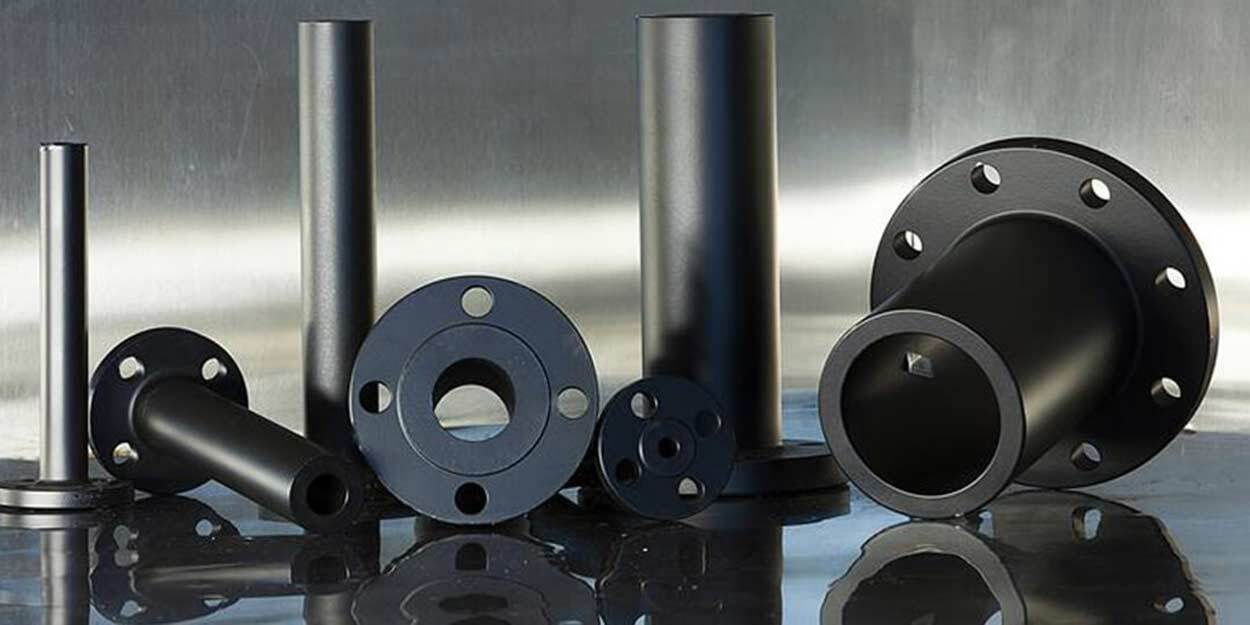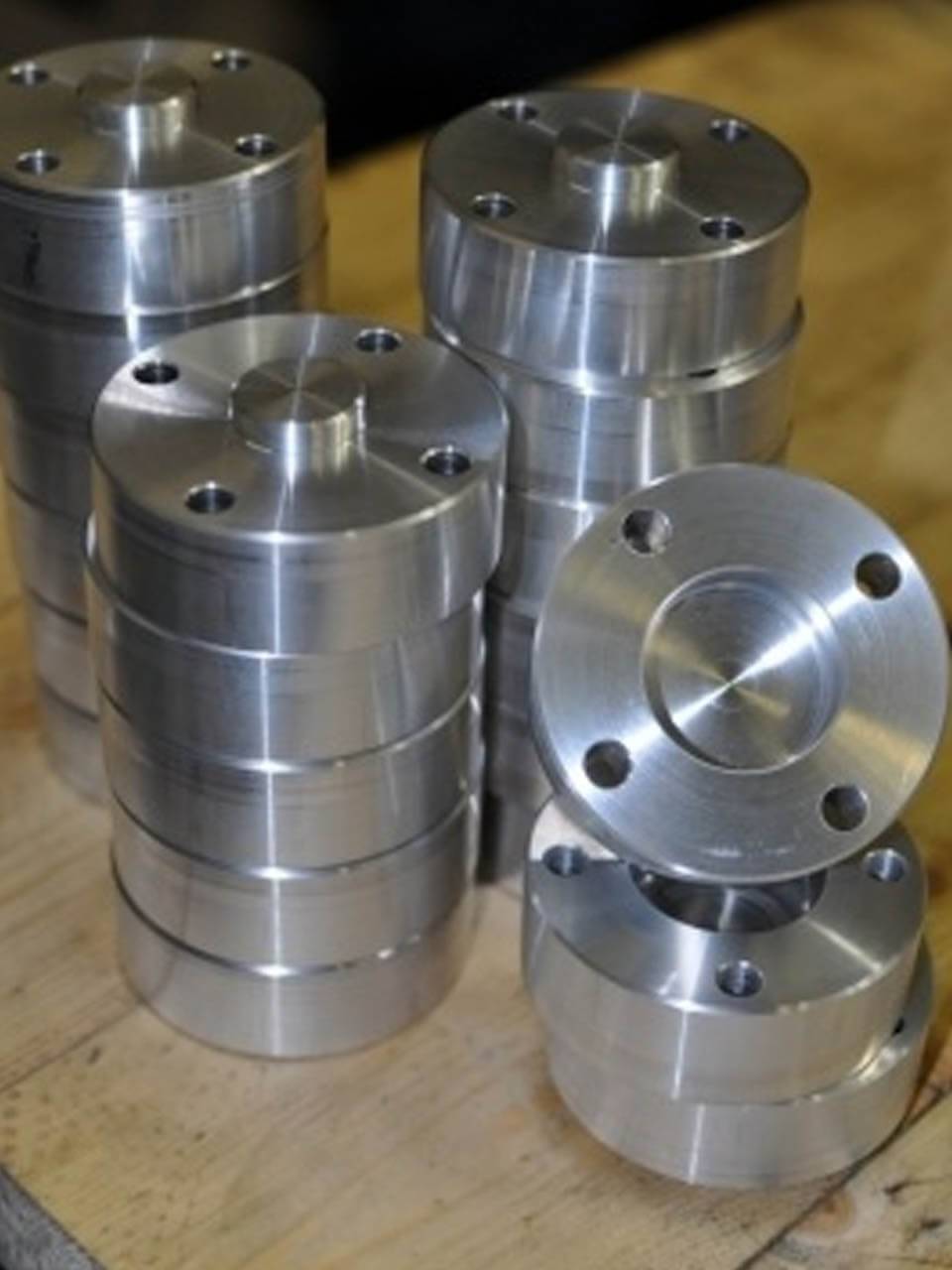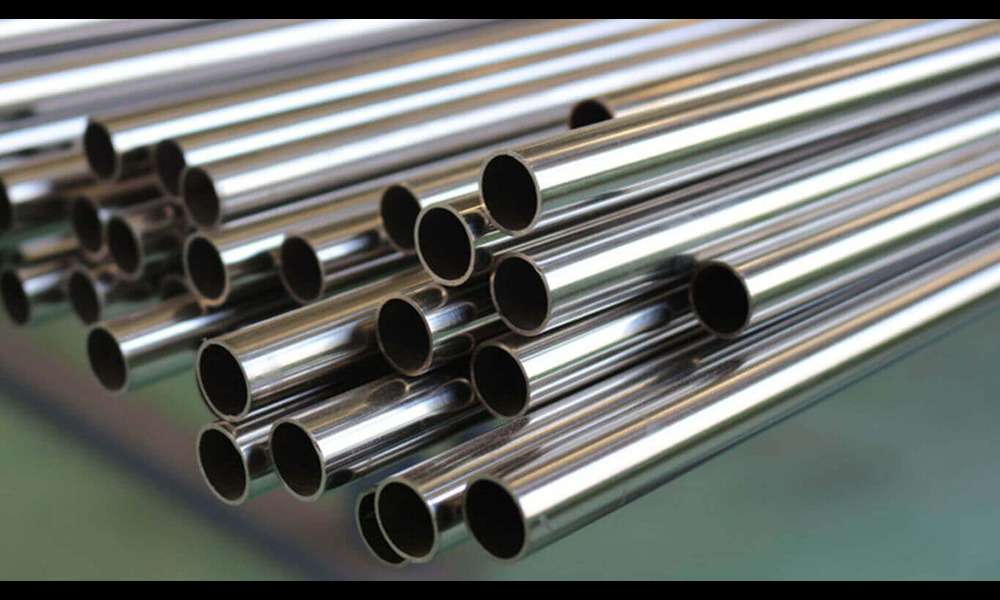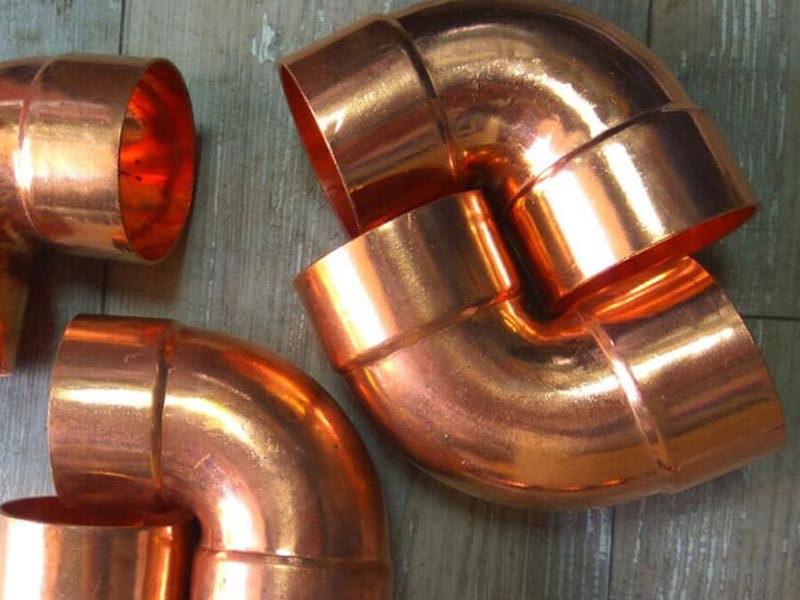Flanges are Essential components in piping systems. Providing a reliable means to connect pipes. Valves Other equipment. There are many types of pumps, each intended to serve various industries and their uses. Flanges are categorised based on their design, material, and purpose. It is, therefore, important to know the various types of flanges and their application to guarantee piping systems’ safety, performance, and durability. This blog focuses on different types of flanges, how they are used and why, although stainless steel flanges are the main subject.
Weld neck flanges, or tapered neck flanges, are distinguished by the long tapering hub that is joining the pipe. This design is strong and is suitable for high-pressure and high-temperature conditions. The gradual change from the flange to the pipe eliminates stress concentrations that may lead to joint leakage between the flange and the pipe.
Uses:
- High-pressure systems
- High-temperature environments
- Oil and gas pipelines
- Chemical plants
Weld neck flanges are often chosen for their superior strength and durability, making them suitable for demanding applications.
Slip-on flanges are rather inexpensive and do not require much effort to be installed. These flanges are slid over the pipe and are welded on the inside and the outside in order to fasten them. Even though they are not as rigid as the weld neck flanges, they are used in systems where the pressure and temperature are not very high.
Uses:
- Low to medium-pressure systems
- Non-critical piping applications
- Water treatment plants
- Food and beverage industries
Slip-on flanges are typically used in systems that do not experience high pressure, making them a more economical choice.
A blind flange on the other hand is a blank flange used in covering the end of a pipe or vessel. They are employed to isolate a part of the piping system and are usually fitted where changes may be required in future. The blind flanges are suitable for high pressure and provide a good seal.
Uses:
- Pipe terminations
- Valve closures
- Blocked off pipe sections
- Future system expansion
Blind flanges are particularly useful when sealing a pipe for maintenance or when planning future system modifications.
-
Threaded Flanges
Threaded flanges are flanges with internal threads through which they can be screwed on the pipe without the use of welding. This feature makes them easy to install and remove, which is desirable in systems that need frequent disassembly. However, they are not suitable for high-pressure usage because the threaded connection reduces the pressure handling capacity.
Uses:
- Low-pressure systems
- Applications with limited access
- Temporary installations
- Maintenance and repair work
Threaded flanges are often used where ease of installation and removal is a priority.
-
Socket Weld Flanges
Socket weld flanges are similar to slip-on flanges but have a socket into which the pipe fits before being welded. This provides a stronger and more secure connection than slip-on flanges, making them ideal for smaller-diameter pipes.
Uses:
- Small-diameter pipe systems
- High-pressure systems
- Steam systems
- Chemical processing plants
Socket weld flanges are commonly used in applications where limited space and a strong, leak-proof connection are needed.
-
Lap Joint Flanges
Lap joint flanges are intended to be used with a stub end, which is a pipe fitting attached to the pipe. These flanges are not welded to the pipe but can freely rotate around the stub end, which can be easily aligned during installation.
Uses:
- Piping systems requiring frequent disassembly
- Systems that require alignment flexibility
- Applications with large-diameter pipes
Lap joint flanges are useful when regular maintenance or disassembly is required, as they offer flexibility and ease of alignment.
-
Stainless Steel Flanges
Stainless steel flanges are made from stainless steel alloys and are highly valued for their corrosion resistance. They are available in various types, including weld neck, slip-on, and blind flanges, making them versatile for many applications. Stainless steel flanges are particularly useful in environments exposed to moisture, chemicals, or extreme weather conditions.
Uses:
- Chemical processing plants
- Food and beverage industries
- Marine applications
- Pharmaceutical and healthcare industries
The primary advantage of stainless steel flanges is their ability to withstand harsh environments, making them a go-to option for industries that require hygienic, rust-resistant, and long-lasting materials.
-
Orifice Flanges
Orifice flanges are designed with a hole in the centre to allow for the insertion of an orifice plate. These flanges are commonly used in flow measurement applications to measure the flow rate of gases or liquids in a pipe.
Uses:
- Flow measurement in pipelines
- Oil and gas industry
- Water and wastewater systems
Orifice flanges are crucial in industries where precise flow measurements are needed for process control and efficiency.
Choosing the Right Flange for Your Application
The choice of flange type depends on some factors including pressure, temperature, installation process, and type of fluid in the system. Stainless Steel Flanges are used most commonly because of their ability to withstand corrosion and their strength, but other flange styles such as weld neck or slip-on may be better suited for your system.
When choosing a flange, consider the following factors:
- Pressure Requirements: Higher pressure systems require stronger flanges, such as weld neck or socket weld flanges.
- Temperature Conditions: Extreme temperatures often necessitate high-strength flanges like weld neck flanges.
- Material Compatibility: If your system is exposed to corrosive substances, stainless steel flanges are the best option.
- Ease of Installation: Slip-on or threaded flanges are ideal if you need a flange that can be easily installed and removed.
Conclusion
Flanges play a crucial role in almost every piping system, and choosing the right flange type ensures the success of your operation. For instance, you can enhance durability with a weld neck flange or achieve corrosion protection with stainless steel flanges. In that case, it is necessary to determine the system’s requirements to choose the right flange. Knowing the different kinds of flanges and their uses will help you decide and guarantee your piping systems’ sustainability.















